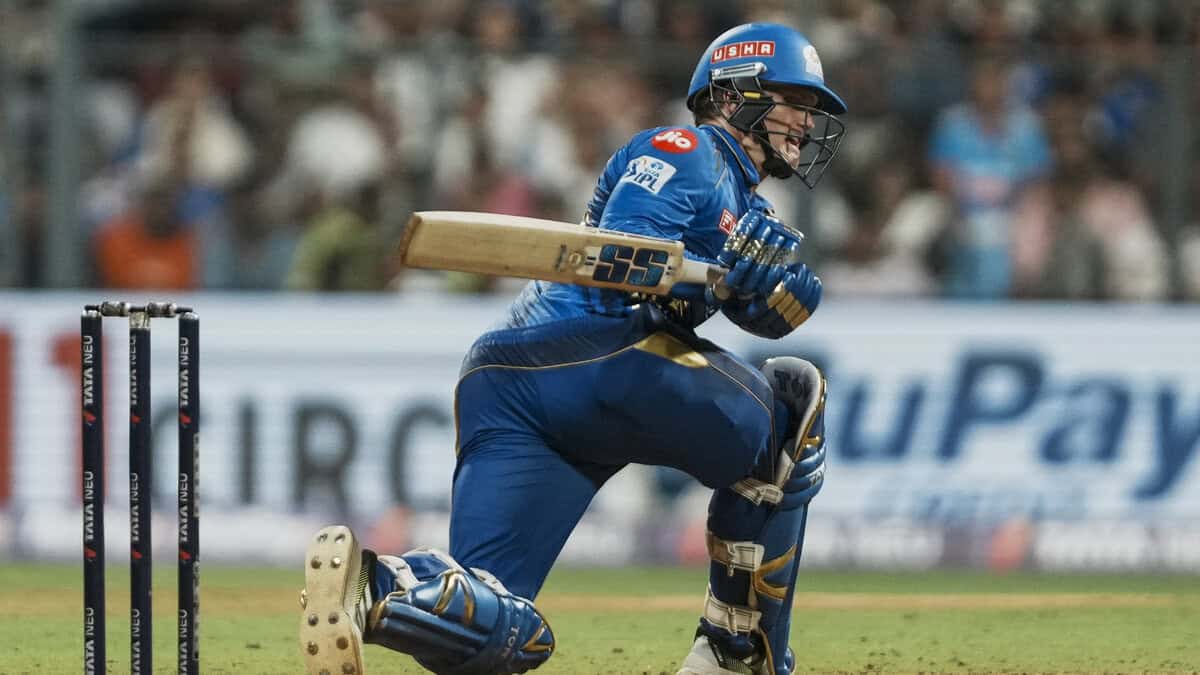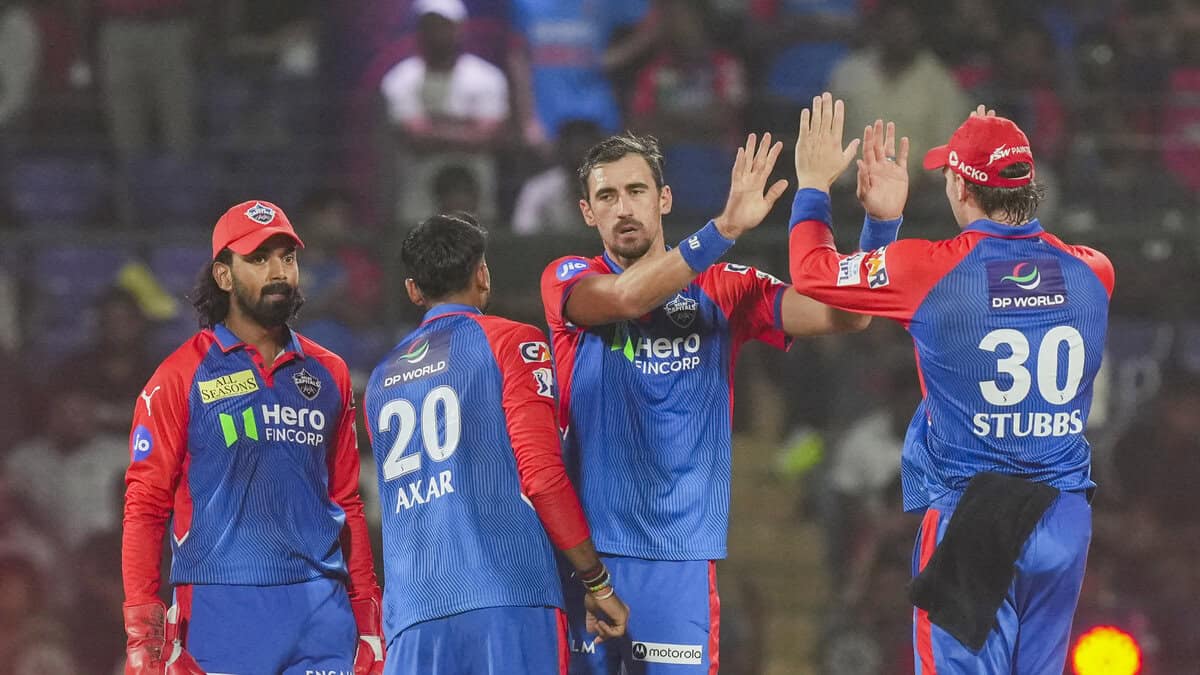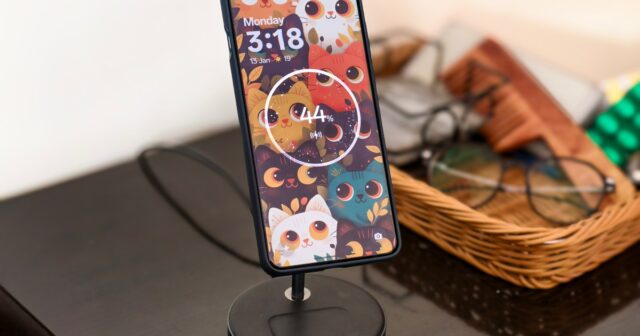If you’re planning on buying an Android flagship smartphone over the next year or so, it’ll almost certainly be powered by one of two new processors. For many years, it was almost certain to be the latest Qualcomm Snapdragon processor, and while that’s still the case for many phones, there’s a large and growing contingent of phone makers that have opted for the chief competitor, made by MediaTek.
MediaTek unveiled its latest chipset a few months ago, and the first phone to be powered by it — the Oppo Find X8 Pro which I reviewed — was released shortly after. The first smartphone running the Qualcomm Snapdragon 8 Elite — the Realme GT7 Pro — was also released almost straight away, but how do these two chipsets compare?
Most phone makers will pick one or the other, but some may offer one variant powered by the Snapdragon 8 Elite, with another variant — whether better, worse, or separate — powered by MediaTek. With this in mind, which one should you pick? I’ve used phones running both processors over the past few months, and here’s what I’ve found.
Picking the right phones
It’s worth mentioning that there’s more to a smartphone than just its processor. Each phone maker runs a suite of software that directly affects the performance and optimization of each device, and the specific choices around battery technology, RAM and storage amount, and even the display drivers can all have a marked impact on the overall performance.
With that in mind, how can we fairly compare these two devices? At first, I started testing with the Realme GT7 Pro and the Oppo Find X8 Pro, but last month, a new opportunity presented itself for a much fairer comparison. In particular, Oppo’s sister company, OnePlus, seeded the OnePlus 13 — ahead of its global launch this week — which has nearly identical specs to the Find X8 Pro. There’s just one key difference in the internals: it’s running the Snapdragon 8 Elite.
With that in mind, let’s get stuck into this comparison. First, here’s how the specs of the Find X8 Pro and OnePlus 13 compare. While there are other variants, these are the specs of the models we tested.
| OnePlus 13 | Oppo Find X8 Pro | |
| Display | 6.82-inch, LTPO AMOLED 120Hz, Dolby Vision 800 nits (typ), 1600 nits (high brightness), 4,500 nits (peak) |
6.78-inch, LTPO AMOLED 120Hz, Dolby Vision 800 nits (typ), 1600 nits (high brightness), 4,500 nits (peak) |
| Processor | Qualcomm Snapdragon 8 Elite 16GB RAM, 512GB ROM |
MediaTek Dimensity 9400 16GB RAM, 512GB ROM |
| Camera | 50MP (wide), f/1.6, OIS 50MP (ultrawide), f/2.0, OIS 50MP (telephoto), f/2.6, OIS, 3x optical zoom |
50MP (wide), f/1.6, OIS 50MP (ultrawide), f/2.0, OIS 50MP (telephoto), f/2.6, OIS, 3x optical zoom 50MP (telephoto), f/4.3, OIS, 6x optical zoom |
| Battery | 6,000mAh Silicon/Carbide |
5,910mAh Silicon/Carbide |
| Max Charging | 100W wired 50W wireless |
100W wired 50W wireless |
| Dimensions | 162.9 x 76.5 x 8.5-8.9 mm | 162.3 x 76.7 x 8.2 mm |
| Weight | 210-213 grams | 215 grams |
Both feature similar battery sizes — and the same battery technology — as well as the same amount of RAM (in the models I tested), the same connectivity standards, very similar software experiences, and even the same top-line charging speeds. All of this serves to prove that neither of these processors prevents companies from offering the best charging speeds, the highest RAM, or a streamlined user experience.
To fairly test this, I’ve split this into three parts: CPU and GPU graphics benchmarks, a battery benchmark, and my own real-world experiences with both phones. Many companies are known for their willingness to optimize for known benchmark apps, so the latter in particular will help pair the benchmarks with my experiences using both phones.
Snapdragon 8 Elite vs. Dimensity 9400: Performance

I’ve picked two well-known benchmarks for this comparison: 3DMark, and GeekBench as these are the benchmarks we use for all performance testing at Digital Trends. Both are well-known and respected and test different aspects of each device.
Where possible, I’ve also included additional results on devices running both the Snapdragon 8 Elite and the Dimensity 9400, as tested by myself and my colleagues. It’s worth noting that most of these phones also have similar specs, but have differences in the rest of the specs package. They’re included for reference, but I’m primarily basing my comparison on the OnePlus 13 and Find X8 Pro.
For GeekBench, I ran the CPU and GPU tests, resulting in three scores in total for each device.
| Test | CPU Single | CPU Multi | GPU |
| OnePlus 13 (Snapdragon 8 Elite) |
3107 | 9213 | 18065 |
| Oppo Find X8 Pro (Dimensity 9400) |
2753 | 8102 | 20522 |
| Realme GT7 Pro (Snapdragon 8 Elite) |
3112 | 9425 | 19065 |
| ROG Phone 9 Pro (Snapdragon 8 Elite) |
3073 | 9855 | 19403 |
| Oppo Find X8 (Dimensity 9400) |
2839 | 7991 | 20349 |
When I ran these tests on the Find X8 Pro, the results surprised me for one reason: the GPU test. In particular, the GPU has traditionally been the weakest part of the MediaTek experience, but this year, the GPU performance is consistently better than the Snapdragon 8 Elite.
In the Geekbench 6 test, the Immortalis-G925 GPU outperforms the Adreno 830 in the Snapdragon 8 Elite. However, this is just one test; does this also continue into our next test, on 3D Mark? This test is split into two parts: we tested the GPU in each device on the Solar Bay test but also ran the Solar Bay Stress Test to test the battery life under heavy performance needs.
| Test | Solar Bay |
| OnePlus 13 (Snapdragon 8 Elite) |
11714 |
| Oppo Find X8 Pro (Dimensity 9400) |
11560 |
| Realme GT7 Pro (Snapdragon 8 Elite) |
11200 |
Here the differences between the two devices are far less, and it’s clear that they offer virtually identical graphical performance. Factors like heat and background tasks also make a difference and can generate different results with each test, but for the most part, the graphical performance seems to be at least equal.
Snapdragon 8 Elite vs. Dimensity 9400: Battery

Alongside graphical performance, battery life is equally important. If you’re a gamer, how long can you game without needing to recharge? If you are going away for the weekend, how long will your phone last?
Some devices running the Qualcomm Snapdragon 8 Gen 3 last year — the predecessor to the Snapdragon 8 Elite — suffered from poorer battery life than expected, so does the Snapdragon 8 Elite deliver? Yes, this is a highly subjective question, but we do have some interesting data points that we can turn to.
Our battery test uses the Solar Bay Stress Test, which runs a longer version of the Solar Bay test for twenty minutes and is designed to show how a device will perform over extended periods of ray-traced gaming. Alongside the score produced, we also log the battery drain to understand the overall impact of 20 minutes of resource-intensive gaming on your battery life.
| Test | Solar Bay Stress Test | Battery Drain |
| OnePlus 13 (Snapdragon 8 Elite) |
11774 | 17% |
| Oppo Find X8 Pro (Dimensity 9400) |
11051 | 9% |
| ROG Phone 9 Pro (Snapdragon 8 Elite) |
10009 | 13% |
| Galaxy S24 Ultra (Snapdragon 8 Gen 3) |
8308 | 10% |
This test provides some interesting results, many of which I’ve experienced in the real world as well. First, the delta in the Snapdragon 8 Elite testing results suggests big differences in gaming performance between phone makers. Second, it also proves both of these processors are nearly identical in overall graphics performance.
Third, the results from last year’s Galaxy S24 Ultra — which runs the previous generation Snapdragon 8 Gen 3 — also show a major improvement in the graphics performance year-over-year, but also an increase in the battery needed. This, in particular, is troubling, especially considering the Dimensity 9400 has similar gaming performance, but significantly less battery drain, but we’ll have to see whether this continues as more devices are launched with both chipsets.
Of course, it would be easy to claim that this is due to the phone maker and their optimizations, but the chasm between the battery drain on the OnePlus 13 and the Oppo Find X8 Pro — the latter having a 90mAh smaller battery as well — suggests that this is related to the power requirements of the chipset. This makes sense, especially considering that the Snapdragon 8 Elite uses the same Oryon CPU found in the Snapdragon X Elite, which powers many of my favorite Windows PCs.
Do the differences truly matter in the real world?
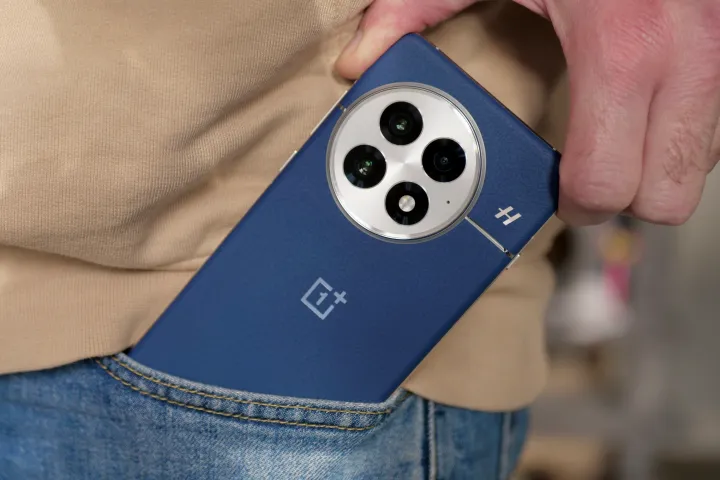
So far, I’ve found that CPU and GPU performance is mostly equal on both devices, but hardware-based ray-tracing when gaming has more battery drain on the Snapdragon 8 Elite than the Dimensity 9400, but do these differences matter in day-to-day usage? The answer is that they don’t, for the most part. However, my own experiences back up these findings, while also providing additional data points that are worth mentioning.
First, the performance differences are nominal between both processors. Both are rapid and have presented no signs of slowdown and while I’ve had a few performance glitches with both devices, these have been one-offs. When using comparative specs and hardware, these are virtually identical.
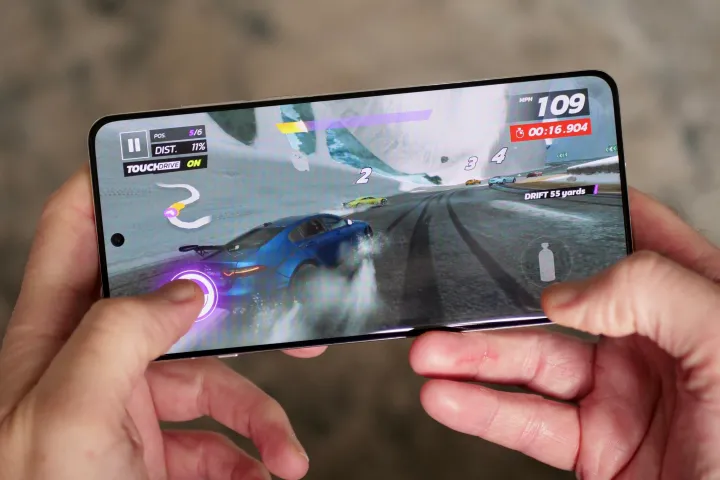
Second, when gaming, the Snapdragon 8 Elite is slightly smoother than the Dimensity 9400, but at the cost of extra battery drain. Playing PUBG Mobile for 30 minutes on both devices resulted in a 23% drain on the OnePlus 13, while the Oppo Find X8 Pro drained just 13%. It’s not quite half, but the performance-to-battery drain ratio is significantly better on the Dimensity 9400.
Lastly, in day-to-day usage, I’ve found that the Dimensity 9400 offers slightly better battery life than the Snapdragon 8 Elite. The OnePlus 13 has a 90mAh larger battery, but the Oppo Find X8 Pro has a slightly smaller display (6.78 inches vs 6.82). Anecdotally, during my regular day-to-day usage, the Find X8 Pro lasts roughly 30 minutes longer than the OnePlus 13.
Snapdragon 8 Elite vs. Dimensity 9400: Which is better?
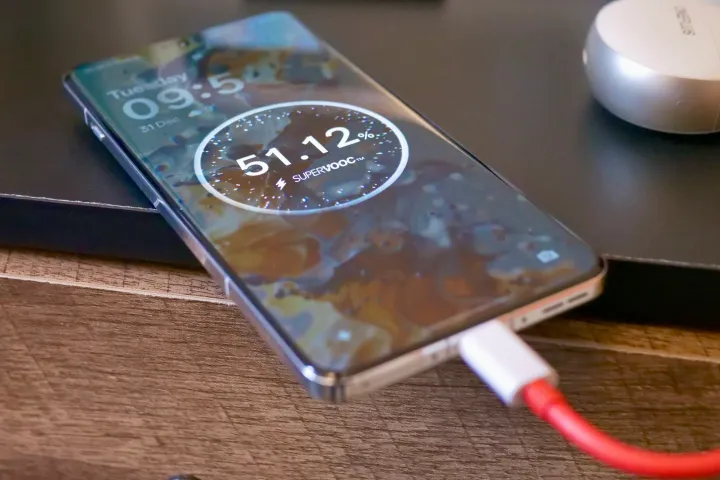
My big takeaway from this test is just how similar both processors are. For many years, a device running the latest MediaTek processor would sometimes be considered inferior to a device running the latest Snapdragon processor, but this year is different. The MediaTek Dimensity 9400 is equal to the Snapdragon 8 Elite, especially in CPU and GPU performance.
Of course, there’s more to processors than just CPU and GPU performance, and while this test has only considered those tests, there’s also AI, camera, and more. We’ve already broken down the differences between the Snapdragon 8 Elite and Dimensity 9400 including those sections, and I have more comparisons planned to focus on these areas as well.
For now, there’s little difference between these two processors. If I had to pick one processor, I would lean towards the Dimensity 9400, simply because I value battery life over most other factors. However, it remains to be seen whether the other parts of the processor are equally as impressive as the Dimensity 9400’s CPU and GPU performance.






























